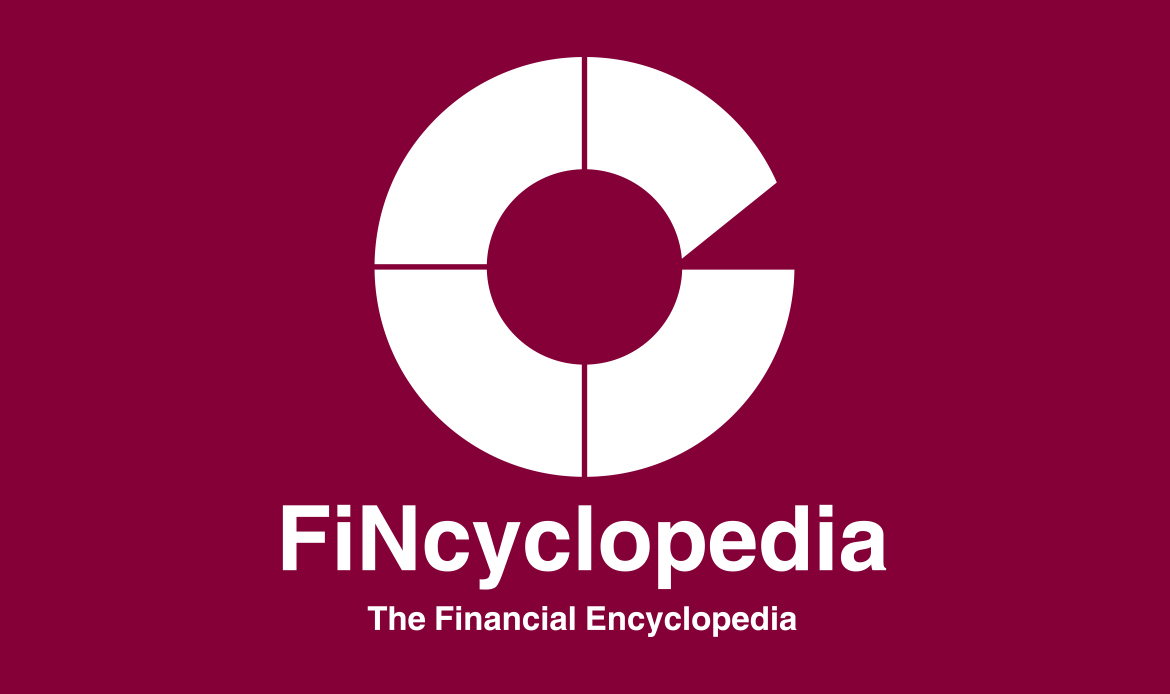It stands for return on invested capital; a measure of the amount of cash flows an entity generates relative to the capital it has invested in its business:
ROIC = cash flows/ invested capital
Cash flows reflect net operating profit after tax (NOPAT), while invested capital is the total amount of shareholders’ equity and debt (equity and debt capital) minus cash. The average invested capital is typically used as an input, calculated as an entity’s fixed assets and net working capital (NWC).
ROIC = NOPAT/ invested capital
The higher the ROIC is, the more efficient an entity is with the use/ deployment of its capital. In other words, it assesses a entity’s efficiency in allocating capital to profitable uses. It gives a picture about how well an entity is using its capital to make profits from its operations.
ROIC is a profitability measure (profitability ratio).




